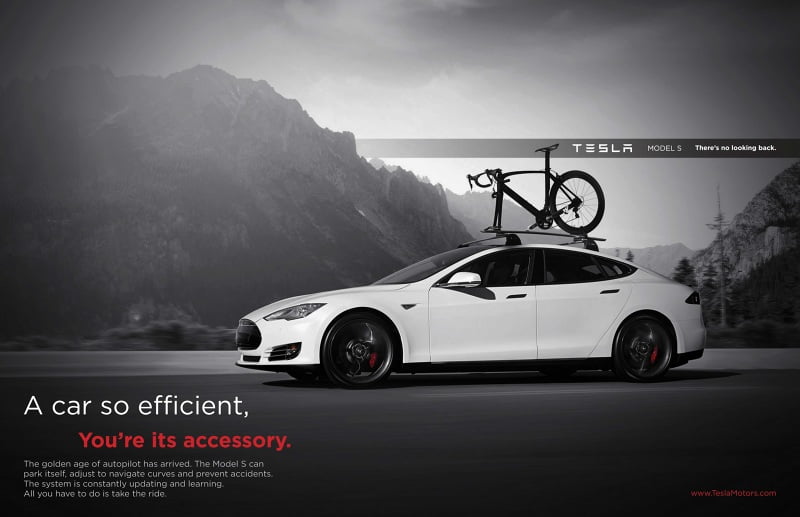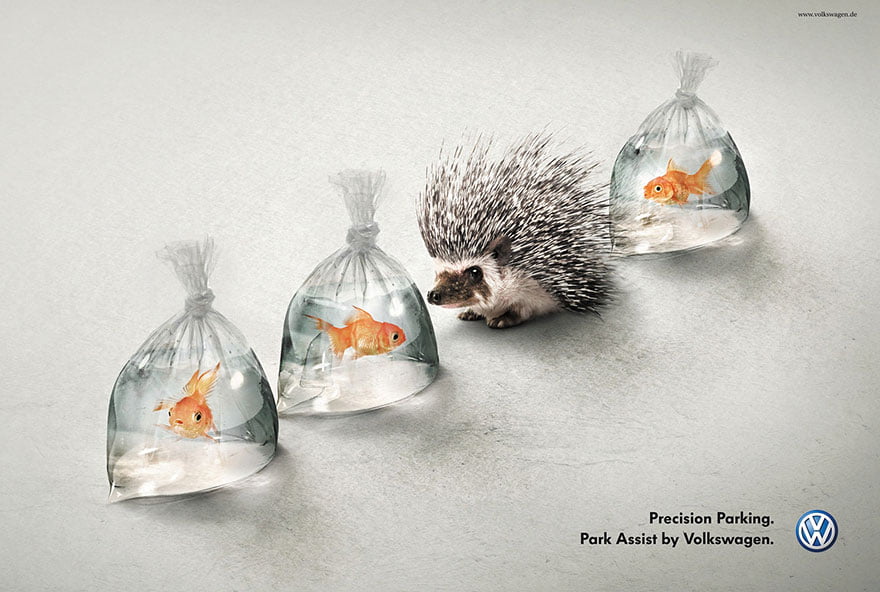
Professional service firms often struggle when developing advertisements to promote themselves. It can be tricky to come up with an ad that stands out from your competitors. When you start the process, it’s important to begin by understanding the difference between the two fundamental styles of advertisements: “Factual Ads” versus “Conceptual Ads.”
Factual Ads
“Factual Ads” focus on what you do and how you do it. For professional service firms, a factual ad might feature an example of a completed project or case story, an award you’ve won, a listing of services you offer or industries you serve, or a person or team at your firm. Imagery follows suit, typically showing a completed project or montage of several, or team member photos shot portrait-style or working together in the office or in the field.
In the product world, factual ads focus on the product as the main visual. Sometimes additional, smaller photos are also shown to supplement the main image. The photos, overall, are realistic and feature-oriented. The messaging for factual ads supports the core features and benefits that you offer, and helps to differentiate you from your competition. Factual ads, in general, are more technical and typically rely on realistic photography. Below is an example of a Tesla “factual” ad:
Conceptual Ads
“Conceptual Ads,” on the other hand, focus on underlying benefits and the desires, fears, or other emotional responses that drive decision-making. Conceptual ads often grab readers’ attention by making them think, smile, or laugh. The actual product or service may be featured or shown as a small, secondary image, or not at all. Below is an example of a conceptual ad for Volkswagen. Here, the car company focuses on their precision parking feature and never shows a car:
Conceptual ads can be very effective for service firms. They tend to stand out from the crowd, get noticed and, in general, are more memorable. But getting buy-in for conceptual ad concepts can be difficult, as decision makers are often technical thinkers who shy away from the creative risks inherent in conceptual advertising.
Before you begin working on an ad, educate decision makers as to the pros and cons of both styles of advertising, and gauge their receptiveness. Getting buy-in up front can help streamline the process and ultimately improve the end product overall.
Vanessa’s article first appeared in SMPS Boston’s Outlook, October 2nd






